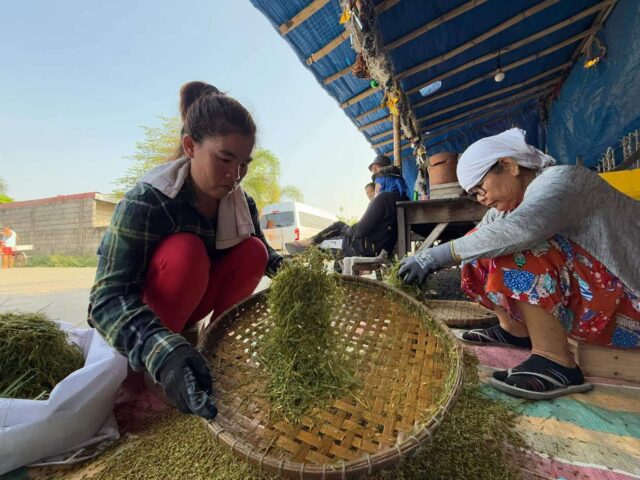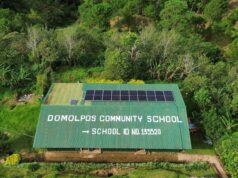In the quiet hours of a chilly November morning, the town of Sta. Rita, Pampanga awakens to a ritual. At 4 in the morning, as the first light barely pierces the darkness and the hanging amihan gently rustles the leaves, farmer families begin their day. Cloaked in layers to ward off the dawn’s chill, they make their way to the libluban, fields where the prized lacatan malutu grains grow. The air is thick with anticipation, and the ground glistens with morning dew, a reminder of nature’s delicate balance.
Under the careful watch of the palbibewan, the farmers inspect the grains, noting subtle cues that signal readiness. “Yumuko na ang mga bunga,” remarked Jayvie Libut, a palbibewan who is now in-charge of marketing the duman product.
The farmers know that each grain carries the weight of tradition, and any mistake could mean wasted effort for the entire community.
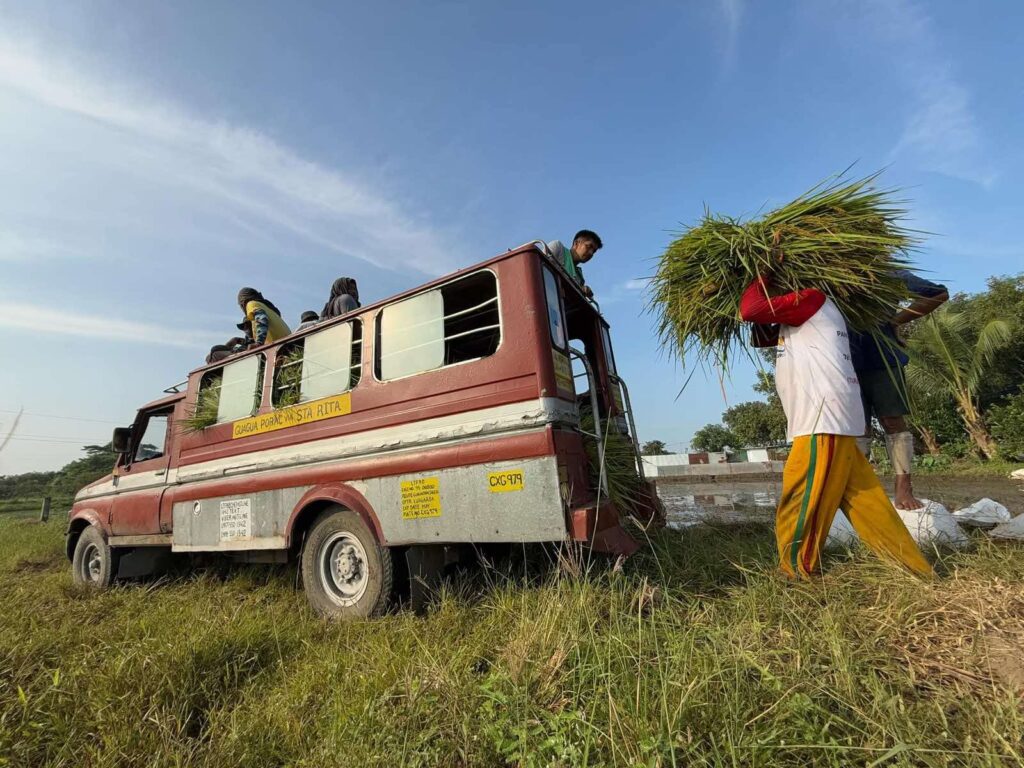

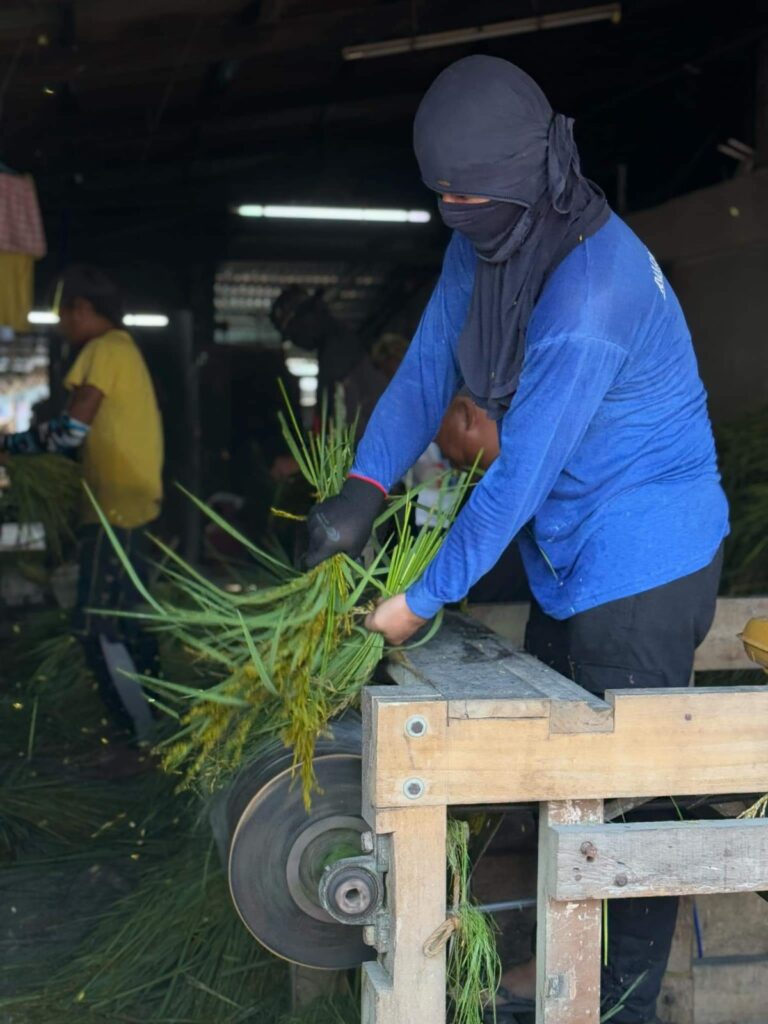
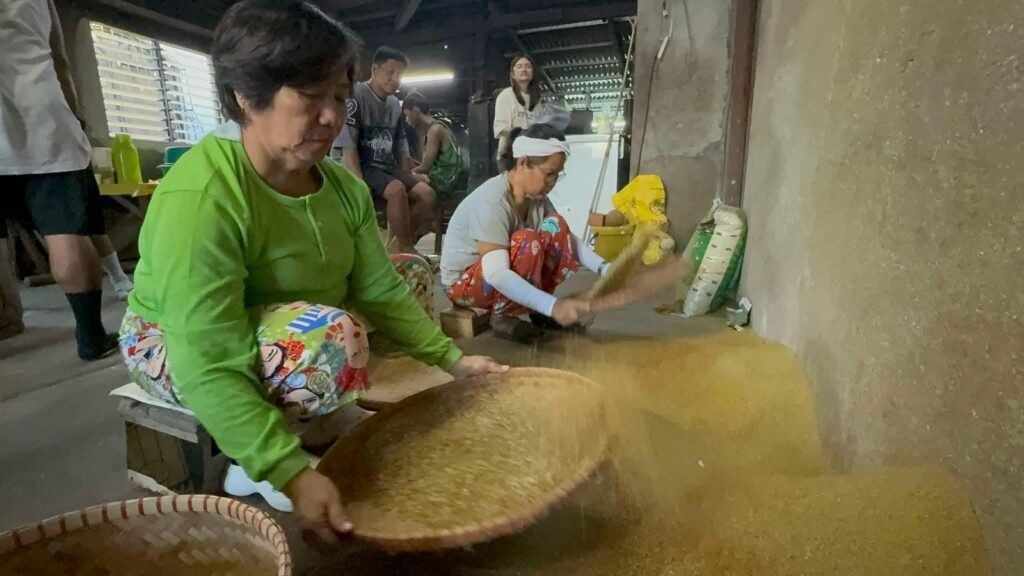
The harvesting of lacatan malutu, or glutinous rice, is only the beginning. Palbibewan in-charge Bernard Dizon recalled the past with a mix of pride and sadness: “There used to be many of us producing duman. But after the eruption of Mt. Pinatubo in 1991, many farmers shifted to other crops. Duman grains are incredibly sensitive and difficult to grow.”
Yet, despite the odds, some remain steadfast, holding on to a legacy.
Turning lacatan malutu into duman is a meticulous, multi-step process that demands patience and skill. After harvesting, the grains are brought to the palbibewan for milling, sorting, and threshing, ensuring only the finest grains are used. The rice is then roasted to enhance its flavor and pounded with wooden mortars and pestles in a rhythmic, labor-intensive manner.
Finally, it undergoes winnowing, where the grains are carefully separated by quality—only whole, unbroken grains make it as duman, while the rest are set aside for other uses. Each step is a testament to the farmers’ dedication and mastery of their craft, honed over generations.
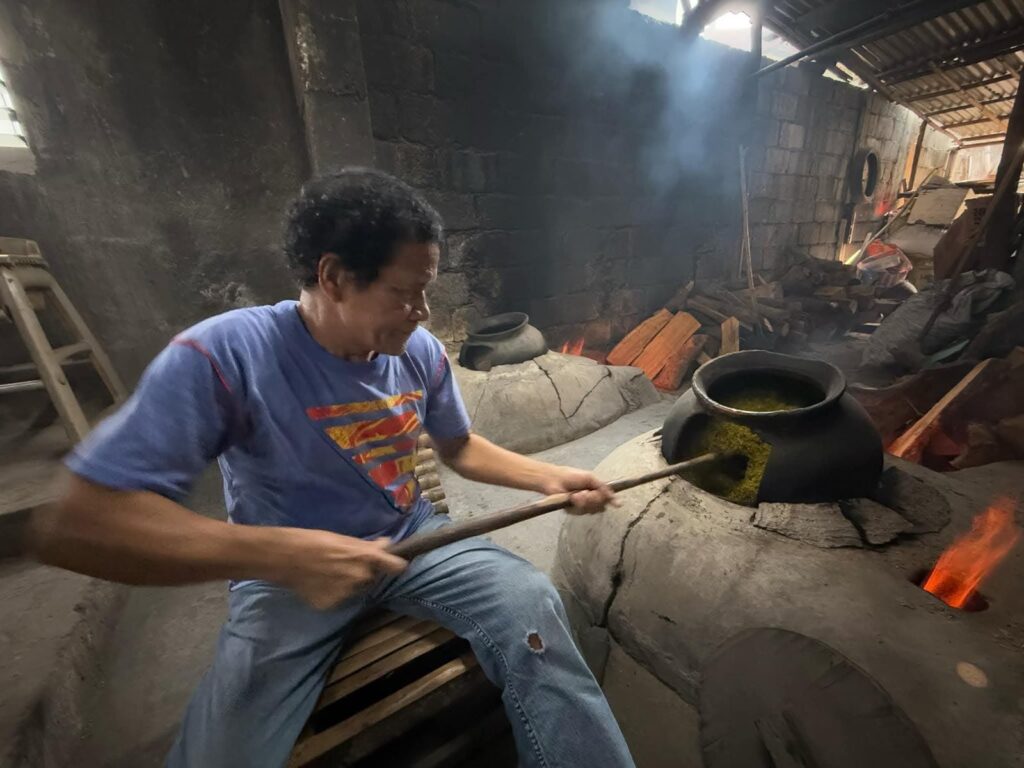

Duman is more than just food; it is a green-gold delicacy, both rare and luxurious. Its high price reflects not only its scarcity but also the dedication of the community. “This has been our way of life since childhood,” shares Rodolfo Simpao, a veteran farmer. “There are very few of us left, but with passion and fairness, we can uplift each other. It’s not just about making duman—it’s about preserving our spirit.”
For Simpao and others, duman-making is a sacred craft, passed down through generations. Despite challenges, they hold on to hope.
“As long as there is love and compassion, this tradition will survive and thrive,” shared Dizon with conviction.
The art of duman-making is more than just a local industry; it is an intangible cultural heritage that deserves recognition and protection. The intricate process, the communal effort, and the deep-rooted history make it a living testament to the resilience and artistry of the people of Sta. Rita.

As the sun rises over the town, casting golden hues on the fields, the farmers continue their work, fueled by pride and purpose. Their labor may be unseen by many, but it echoes through the grains of duman they produce—a symbol of a culture worth preserving.
The challenge now lies not only in sustaining the craft but also in ensuring that future generations inherit this legacy. Let us honor the artisans and farmers who pour their hearts into every grain, keeping alive a tradition that speaks of heritage, dedication, and an enduring spirit.


